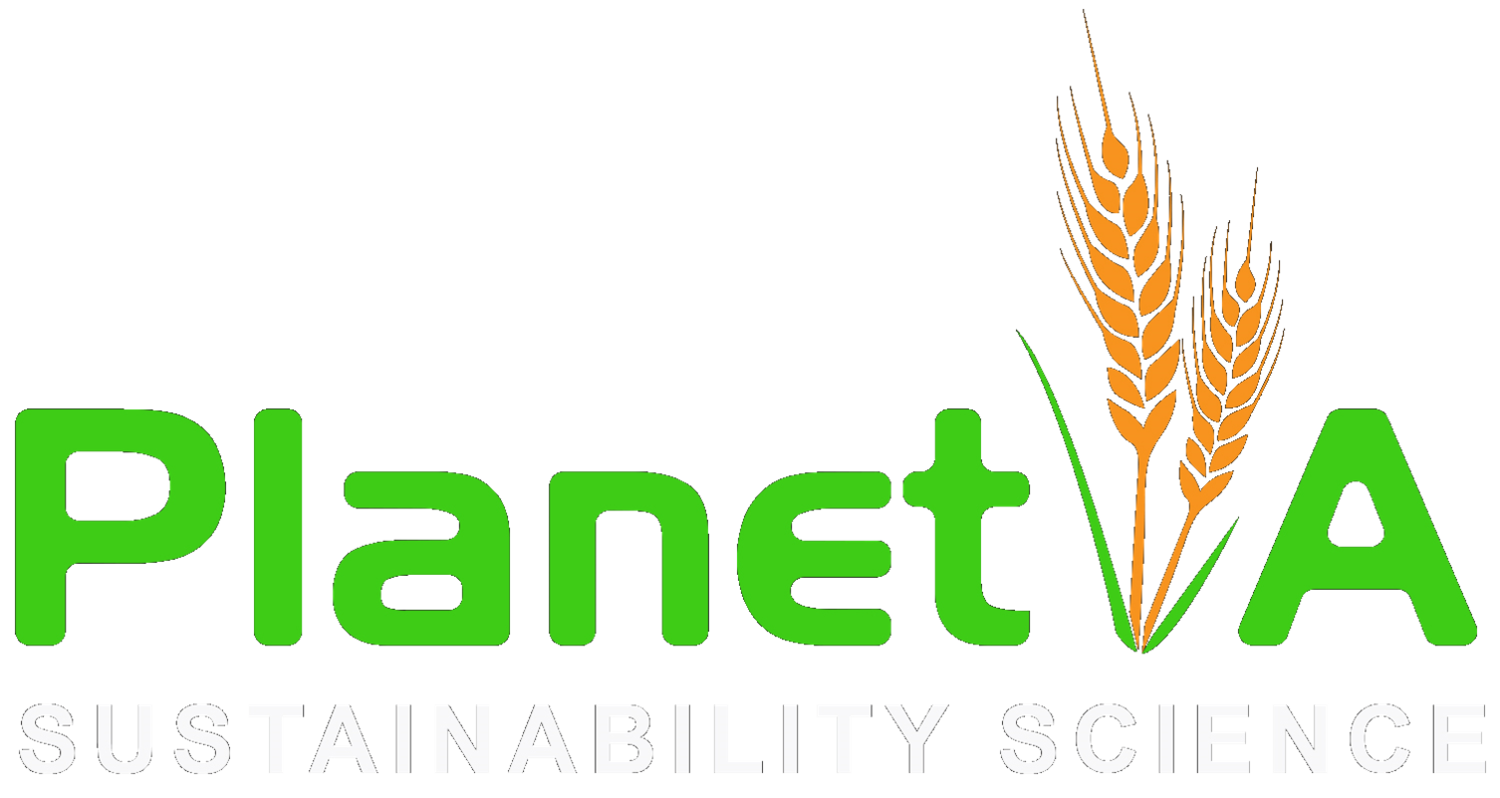MOO-GAPS: A multi-objective optimization model for global animal production and sustainability
2023
Authors
Castonguay, A.C., Polasky, S., Holden, M.H., Herrero, M., Chang, J., Mason-D'Croz, D., Godde, C., Lee, K., Bryan, B.A., Gerber, J., Game, E.T., & McDonald-Madden, E.Abstract
Agricultural and livestock production involves significant trade-offs between multiple sustainable development goals, including reducing hunger and poverty, and reducing emissions of greenhouse gasses. Here we describe a multi-objective optimization tool for livestock production to evaluate trade-offs among environmental and economic objectives with high spatial granularity and the capability to be aggregated to national or global scales. We illustrate the use of this tool analysing how and where to produce beef to optimize the weighted sum of environmental and economic objectives, in this case minimizing greenhouse gas emissions and minimizing costs of production. We present how the outputs of this model can inform a sustainable transition of the industry and policy decisions, with a focus on inherent trade-offs. By comparing optimal production with current production, we highlight the potential environmental and economic efficiencies that can be made by changing the location or methods of production. As such, this tool provides a platform to identify trade-offs and synergies among multiple diverse sustainability goals, critical in the livestock and agricultural sectors.
Fig. 4: Feed breakdown as fraction of total feed ration for USA and ARG for cuurent and pareto efficient production under different preferences.

